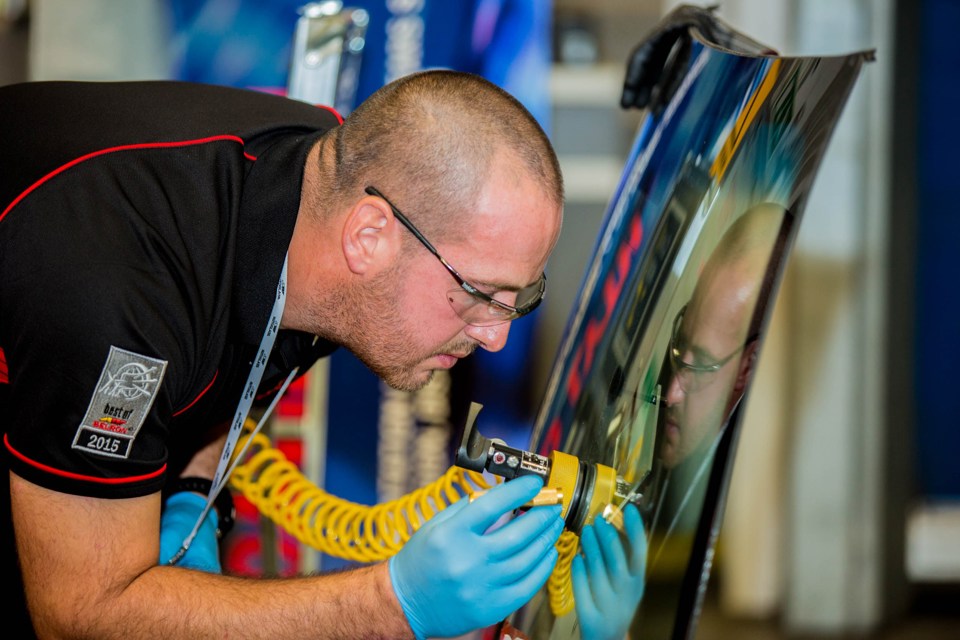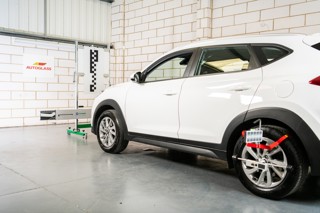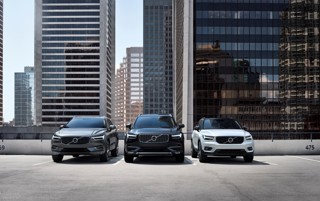Autoglass says that limiting windscreen repairs or replacements to the manufacturer restricts the options available to fleets.
The company hit back after Volvo Car UK recommended that Volvo drivers use its technicians and windscreens to maintain vehicle safety standards.
Taxiarchis Konstantopoulos, managing director of Autoglass, told Fleet News: “It is paramount that fleet decision-makers have adequate choice to ensure there is necessary market competition, to promote best practice and set the highest safety standards.
“At Autoglass, we pride ourselves on the incredibly high standards of our supply chain. Our technicians use glass manufactured to exact OEM standards, often originating from the same production lines.
“Our glass is benchmarked against the same quality standards – the only difference from OEM windscreens is that the glass our technicians use doesn’t have the manufacturer logo.”
Autoglass commissioned the Transport Research Laboratory (TRL) to investigate any material differences in the ADAS calibration outcomes for Volvo vehicles using OEM or OEM equivalent windscreens.
“They concluded there were ‘no material differences’ and ‘no performance or safety related issues’ between an OEM or OEM equivalent windscreen,” said Konstantopoulos.
The windscreen repair and replacement industry is split as to the merits of the use of OEM or non-OEM windscreens.
He gave the warning after a driver in Canada claimed that his vehicle started pulling him into oncoming traffic as a result of his car's sensors not being recalibrated after a new screen was fitted.
Volvo says that the windscreen is vital for the function of about 20 safety systems. This is due to the ASDM (Active Safety Domain Master) located inside the upper edge of the windscreen.
The camera and radar in the ASDM are used together or individually to enable the safety functions to operate, and they are sensitive to the optical and geometric tolerances, glass thickness and mass of the windscreen.
The safety system’s software is fine-tuned for each windscreen variant and demands extremely stringent optical tolerances to function as intended, it said. Using aftermarket variants that don’t meet Volvo Cars’ stringent specifications may compromise the function of the systems.
However, Autoglass says it champions the role that ADAS plays in improving driver safety. “Our calibration service provides the easiest, safest journey for every customer,” said Konstantopoulos. “Regardless of whether a static or dynamic calibration is required, our technicians endeavour to replace the glass and calibrate the sensor in the same appointment.
“This is incredibly important as it reduces any risk between the time of glass replacement and calibration, including on-board diagnostic checks prior to windscreen removal.”
He says that the company’s 315 trained ADAS technicians have “the tools, systems and expertise” to safely adjust and replace a windscreen on any vehicle.
“We were first to market with an ADAS calibration solution and have led the industry ever since,” he continued. “Alongside the Institute of the Motor Industry, Autoglass designed and developed a new ADAS Accreditation for vehicle technicians this year.”
Autoglass also developed the ADAS Code of Practice with Thatcham in 2016 and ADAS Best Practice Guidelines for Fleet with Brake.
“Our experts sit on influential industry steering committees, including SMMT and Thatcham,” said Konstantopoulos.
Autoglass technicians completed 45,591 ADAS calibrations in the first six months of 2018, including 1,039 ADAS calibrations on Volvo vehicles.
Konstantopoulos concluded: “All 1,039 of these appointments were dynamic calibrations, with the calibration undertaken immediately after the screen replacement as part of a mobile appointment, at a location convenient to the customer, significantly reducing any downtime because the vehicle does not need to be driven to a controlled workshop environment.
“By the end of 2018, we will have calibrated more than 500,000 vehicles, providing us with more combined ADAS systems expertise than any other aftermarket entity.
“To say that Volvo technicians alone should work on Volvo vehicles ignores these figures, our market leading position on ADAS calibration, as well as the expertise of our ADAS technicians.”
























Kent Windshield Repair - 01/09/2021 13:35
Car owners have their own opinion about the OEM and OEM equivalent windscreens.